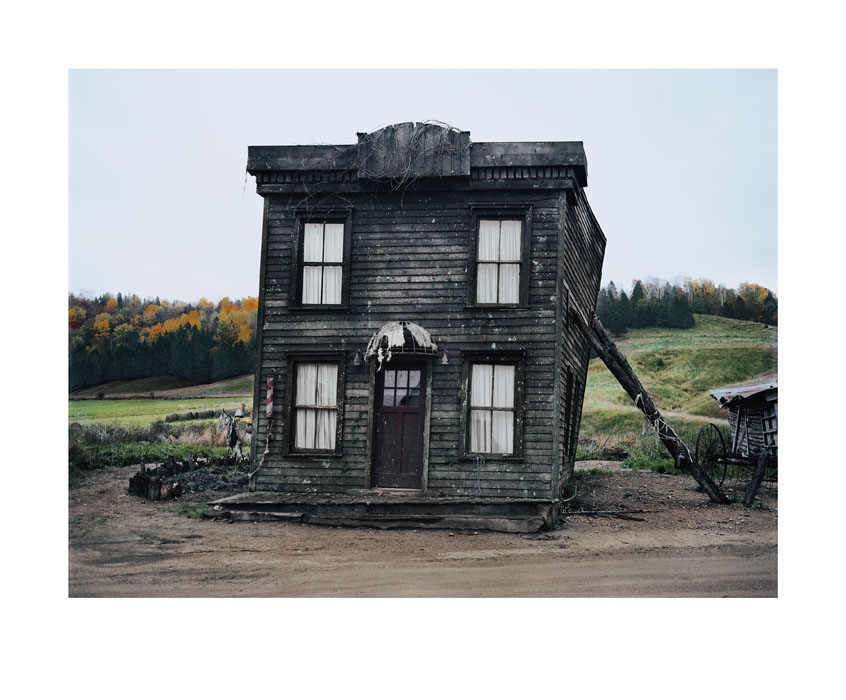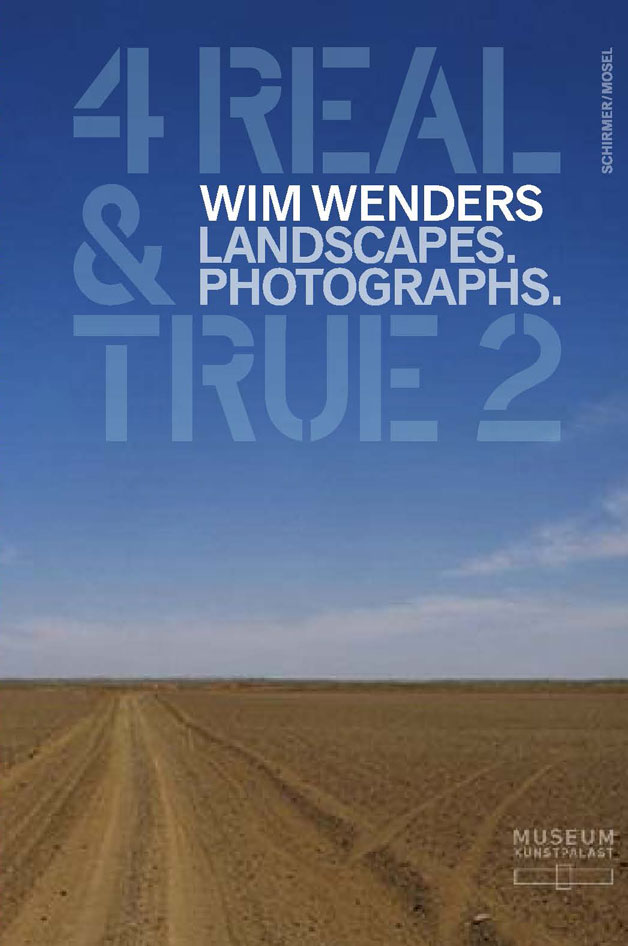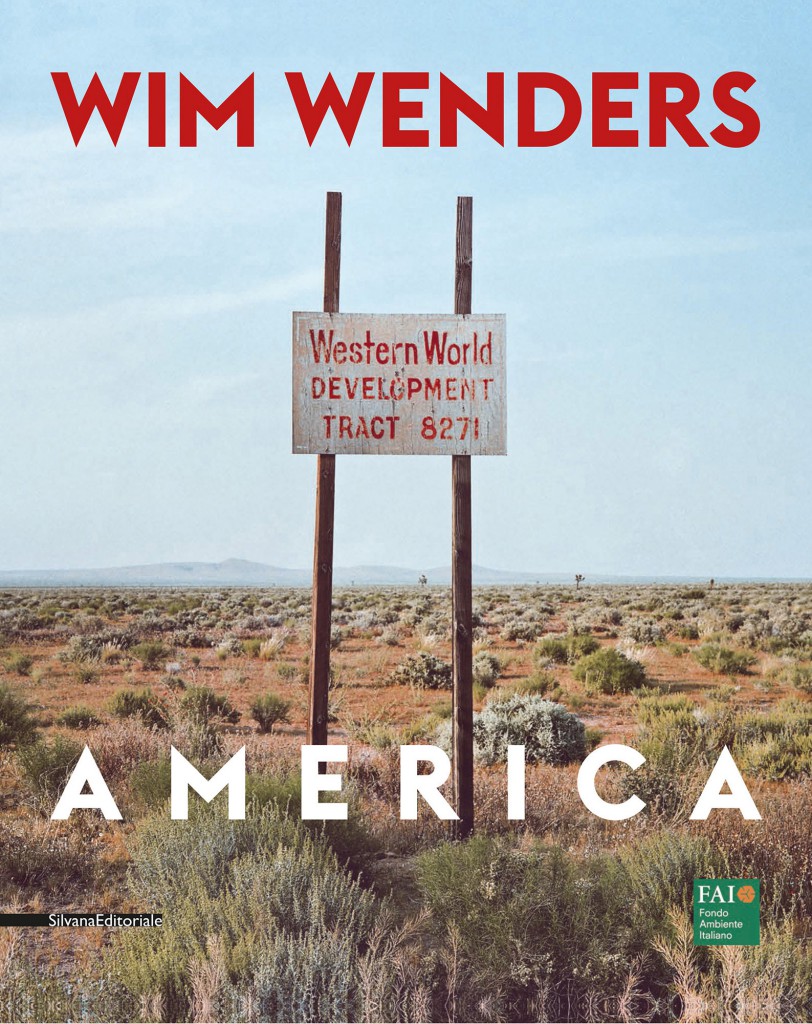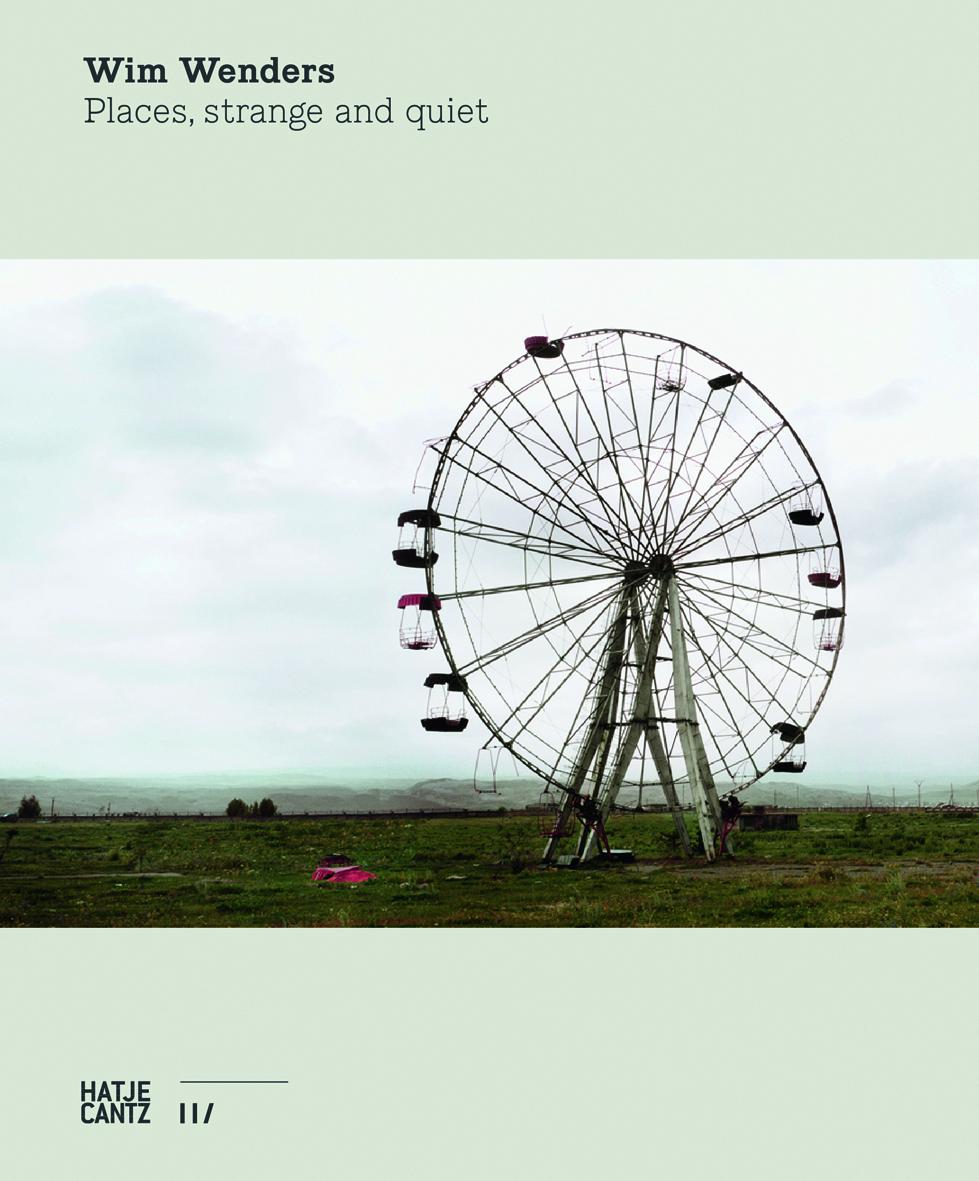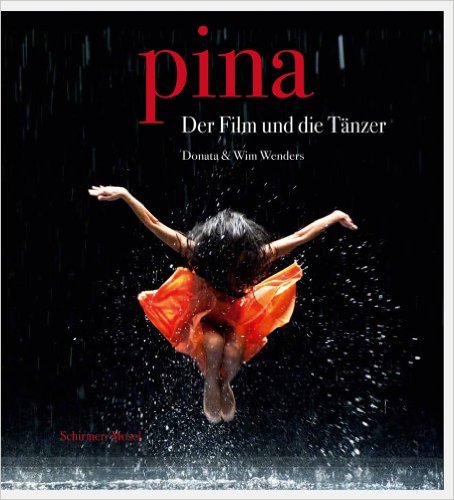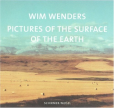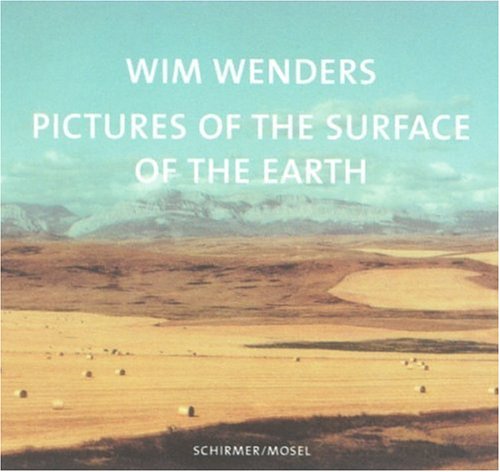
iBet uBet web content aggregator. Adding the entire web to your favor.
Link to original content: http://www.polkagalerie.com/en/wim-wenders-biography.htm

Wim Wenders (born 1945) came to international prominence as one of the pioneers of the New German Cinema in the 1970’s and is considered to be one of the most important figures in contemporary German film. In addition to his many prize-winning feature films, his work as a scriptwriter, director, producer, photographer and author also encompasses an abundance of innovative documentary films, international photo exhibitions and numerous monographs, film books and prose collections.
He lives and works in Berlin, together with his wife Donata Wenders.
Wim Wenders studied medicine and philosophy before moving to Paris in 1966 to study painting. Though ostensibly pursuing an apprenticeship in the studio of the graphic designer and engraver Johnny Friedlaender, he spent his afternoons and evenings in the Cinématèque Francaise. This “crash course in the history of film” would become the most important stage in his education, as Wenders soon began to think of film as an “extension of painting by other means”.
His career as a filmmaker began in 1967 when Wenders enrolled at the newly founded University of Television and Film Munich (HFF Munich). Parallel to his studies at the HFF, he also worked as a film critic from 1967 to 1970. At this point in time he had already directed various short films. Upon graduating from the academy in 1971, he founded, together with fifteen other directors and authors, the Filmverlag der Autoren, a film distribution company for German auteur films, which organized the production, rights administration and distribution of their own independent films.
The medium of photography has accompanied and extended Wenders’ artistic work from the very beginning. The starting point for the pursuit of an independent body of photographic work was the photo series WRITTEN IN THE WEST, which came into being during the preparations for his film PARIS, TEXAS (1984), on Wenders’ journeys crisscrossing the American West. His second large photo exhibition PICTURES FROM THE SURFACE OF THE EARTH led Wenders to countries such as Australia, Cuba, Israel, Armenia and Japan – always in search of images that seek to capture the essence of a place.
Wenders’ photographs have been exhibited in museums and galleries around the entire world since 1986, in among other places: Centre Pompidou, Paris (1986); Hamburger Bahnhof, Berlin (2001); the Guggenheim Museum Bilbao (2002); the Museum of Contemporary Art, Sydney (2003); the Shanghai Museum of Art (2004); the Scuderie del Quirinale in Rome (2006); the Museu de Arte de São Paulo (2010); the Deichtorhallen, Hamburg; Multimedia Art Museum, Moscow (2012); the Fundació Sorigué, Lleida (2013); the Villa Pignatelli, Naples; GL Strand, Copenhagen (2014); and Villa Panza, Varese (2015). A comprehensive retrospective of his photographs was on exhibit in the Stiftung Museum Kunstpalast in Düsseldorf in 2015.
Among other honorary titles and positions, Wenders has been a member of the Akademie der Künste in Berlin since 1984, and holds honorary doctorates from the Sorbonne in Paris (since 1989), the Faculty of Theology at the University of Fribourg (since 1995), the University of Louvain (since 2005) and the Faculty of Architecture of the University of Catania (2010). Wim Wenders is a member of the order Pour le Mérite and since 1996 he has been President of the European Film Academy. He teaches as a professor at the University of Fine Arts of Hamburg.
In the fall of 2012, together with his wife Donata, Wim Wenders established the Wim Wenders Stiftung in Düsseldorf. The establishment of the foundation was deeply rooted in the intention to create a legally binding framework to bring together the cinematic, photographic, artistic and literary life’s work of Wim Wenders in his native country and to make it permanently accessible to the general public worldwide. At the same time, the non-profit foundation model also serves to ensure that his whole body of work may belong only to itself as endowment capital and that it thus remains beyond the reach of any form of private self-interest. All proceeds from the licensing business are used to finance the central purpose of the foundation: the promotion of the arts and culture through the restoration, dissemination and preservation of Wenders’ work on the one hand and through the support of young talents in the field of innovative narrative cinema on the other.

